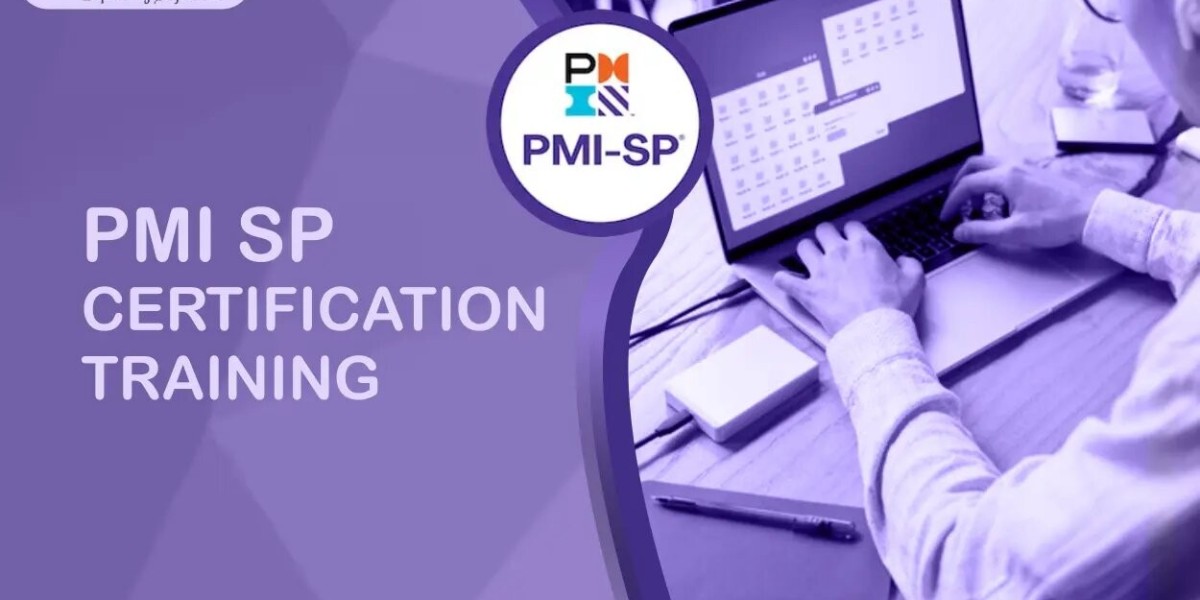Stability chamber validation is a crucial process in industries like pharmaceuticals, biotechnology, and food production. These chambers are designed to simulate specific environmental conditions, such as temperature and humidity, to test the stability of products over time. Ensuring these conditions are reliable is vital for the accuracy of stability testing. Here's a detailed look at the importance, process, and benefits of stability chamber validation.
Why Stability Chamber Validation is Important
Stability chamber validation ensures that the environmental conditions within the chamber are consistent and accurate. This is critical for several reasons:
- Product Safety: Products, especially pharmaceuticals, must be safe for consumption throughout their shelf life. Proper validation guarantees that stability tests are reliable, ensuring that products remain safe and effective until their expiration date.
- Regulatory Compliance: Regulatory bodies like the FDA and EMA have stringent guidelines for stability testing. Compliance with these guidelines requires validated stability chambers to produce accurate and consistent results.
- Cost Efficiency: Accurate stability data can prevent costly product recalls and ensure optimal product formulation, reducing production costs in the long term.
The Process of Stability Chamber Validation
Validation of a stability chamber involves several critical steps to ensure it meets regulatory and operational standards. Here’s an overview of the process:
1. Installation Qualification (IQ)
IQ involves verifying that the stability chamber is installed correctly and according to the manufacturer’s specifications. This step includes:
- Inspecting the physical installation of the chamber.
- Ensuring all components are correctly installed and functioning.
- Documenting the installation process and verifying the chamber meets the required specifications.
2. Operational Qualification (OQ)
OQ tests the chamber's performance under specific conditions to ensure it operates according to the manufacturer’s specifications. This phase includes:
- Running the chamber at various conditions to test its performance.
- Checking the uniformity of temperature and humidity throughout the chamber.
- Verifying that control systems and alarms function correctly.
3. Performance Qualification (PQ)
PQ assesses the chamber's performance under real-world conditions. This phase involves:
- Placing products inside the chamber and monitoring the environmental conditions over time.
- Ensuring the chamber maintains the desired conditions consistently.
- Documenting the results to demonstrate the chamber’s reliability.
Key Considerations for Effective Stability Chamber Validation
For successful stability chamber validation, several factors must be considered:
1. Calibration and Maintenance
Regular calibration and maintenance of the stability chamber are essential. Calibration ensures that the sensors and control systems are accurate, while maintenance helps prevent any operational issues that could affect the chamber’s performance.
2. Environmental Monitoring
Continuous monitoring of the environmental conditions within the chamber is crucial. This involves using sensors to track temperature and humidity levels and ensuring these conditions remain within the specified ranges.
3. Documentation
Thorough documentation is vital throughout the validation process. This includes recording all tests, calibration procedures, and maintenance activities. Proper documentation helps demonstrate compliance with regulatory requirements and provides a record for future reference.
Benefits of Stability Chamber Validation
Properly validated stability chambers offer several significant benefits:
1. Enhanced Product Quality
Validated stability chambers ensure that products are tested under reliable conditions, leading to higher product quality and consistency. This is particularly important for pharmaceuticals, where even slight variations in environmental conditions can affect product efficacy.
2. Regulatory Compliance
By validating stability chambers, companies can ensure they meet regulatory requirements. This helps avoid compliance issues and potential penalties, facilitating smoother operations and market approvals.
3. Increased Market Confidence
Products tested in validated stability chambers are more likely to perform as expected throughout their shelf life. This increases market confidence in the product, enhancing the company's reputation and customer trust.
Conclusion
Stability chamber validation is a fundamental aspect of ensuring reliable environmental conditions for product testing. Through a structured process of installation, operational, and performance qualification, companies can ensure their stability chambers provide accurate and consistent results. Regular calibration, continuous monitoring, and thorough documentation further enhance the reliability of these chambers. The benefits of this validation process are clear: enhanced product quality, regulatory compliance, and increased market confidence. By investing in stability chamber validation, companies can ensure their products meet the highest standards of safety and efficacy, ultimately supporting long-term success in the market.








